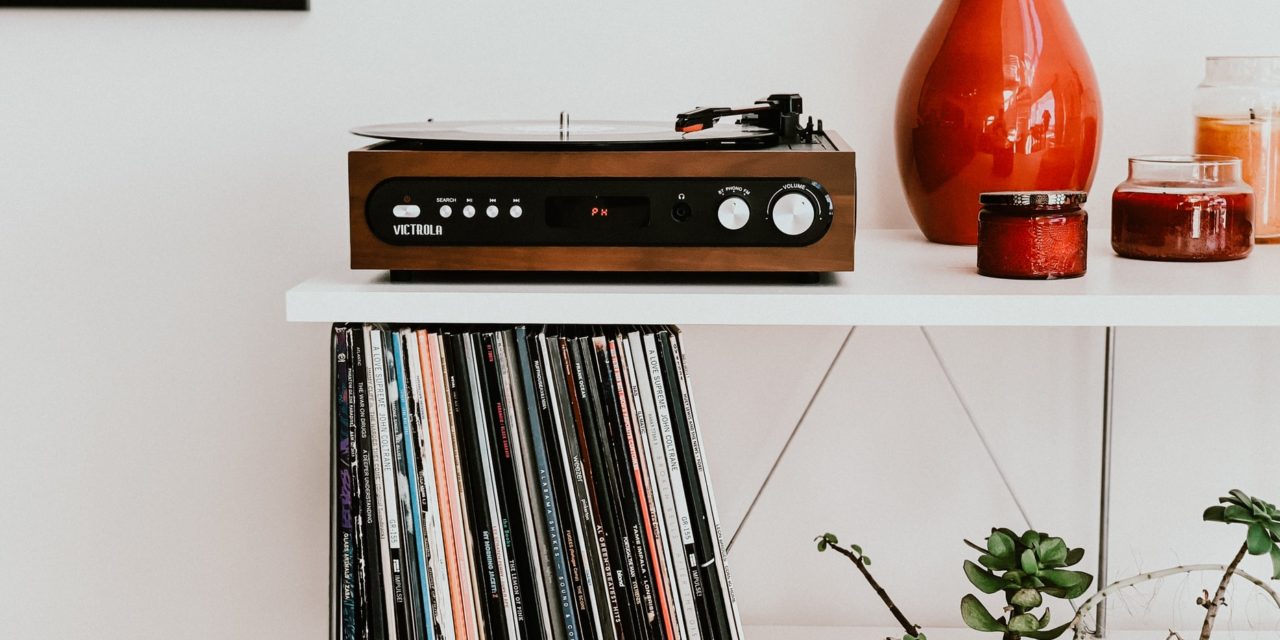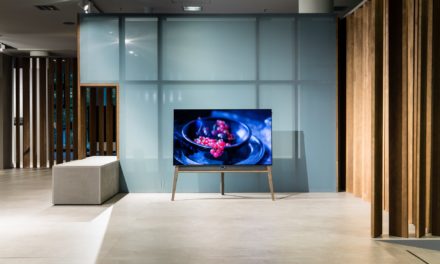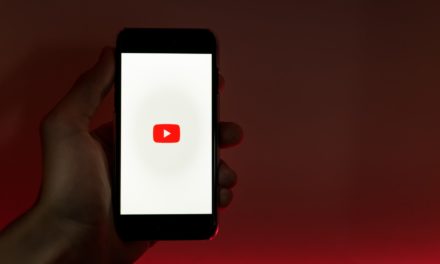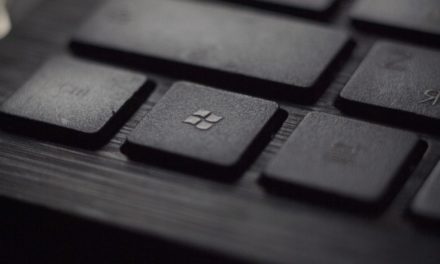If what’s on the racks at Wal Mart is any indicator, I would say vinyl is officially back. If you are a fan of old school music or new school music that sounds old, you’ve probably been ecstatic at the recent rise of vinyl. Record sales are at an all-time high, and many modern musicians started publishing their music on vinyl. It’s crazy to live in a world with Taylor Swift vinyl albums, but here we are.
But how do you know how to buy a turntable? Even if you’re a fan of vinyl, though, you might not know which turntable is the best. Maybe you’ve inherited an old one from a parent that scratches records and sounds like a dying cat. Maybe you’ve never owned a turntable in your life. In either case, it’s a good time to look for a quality turntable to play your favorite songs.
Now, which turntable is the best? Some climb into the high thousands with price points that seem more appropriate for a top of the line television set. Others are suspiciously cheap, have poor quality, and may ruin your vinyl.
Don’t worry, though. You don’t have to sell your firstborn to buy a quality turntable that will perfectly suit your needs.
First, let’s assess some key, must-have features.
3 Things Your Turntable Has to Have – How to Buy a Turntable
1. A Dust Cover to Stop Dust Bunny Invasions
It’s not exactly the most exciting part of owning a turntable, but taking care of dust control is vital. If you get dust or dirt on the record, it can mess with your equipment. While the vinyl spins around, the needle will hit the debris. This causes sound blips and odd skips that will ruin your favorite bop. If it gets too out of hand, this could damage your turntable.
2. That Special Ability to Play a Record Backwards
Why is vinyl so popular you ask? One large part is that some artists took a lot of time to record secret messages or hide special songs in the record. If you’ve got a turntable that can spin the vinyl backward, you might discover a few hidden surprises.
3. Bluetooth for a Modern Advantage to an Old School Sound Unit
Turntables have a huge nostalgia appeal to the good old days. They produce an amazing sound you can’t mimic with streaming. However, there are plenty of great upgrades that modern technology has brought to make contemporary turntables a little more versatile. For anyone interested in purchasing a new turntable, Bluetooth connection is a plus. Now, you can connect to larger speakers with ease or blast a playlist on your phone when you’ve exhausted the vinyl collection.
Now that you know some important features to prioritize, let’s look at some broad decisions you need to make.
Modern Turntable or Vintage All the Way?
Honestly, the debate between a modern model or an old-school one is complicated — apples and oranges really. There are very good reasons for buying current models because of all the extra features they offer.
Here are a few features most modern turntables offer that you won’t find with a vintage model.
- Bluetooth: It’s obvious, but older models do not have Bluetooth connection. If you only want to use your turntable for vinyl and are fine connecting to speakers the old-fashioned way, this won’t be a big deal. But, for a lot of modern buyers, it’s nice to have an all-in-one record player.
- USB output: Ever thought about converting the songs in your vinyl collection to MP3 tracks? If you have, you will want a USB output.
- Auto-Stop: It’s annoying to have to lift the tonearm and stop the record from spinning when one side of the vinyl finishes. Records can’t hold too many songs per side and getting up every 30 minutes to lift the tonearm can get tiresome. If you don’t lift it, needle wear will build up over time.
Don’t let this list stop you from looking at old-school turntables, though. In terms of basic performance, modern and vintage turntables are a fairly even match up. Vintage models come with a quality of sound that just can’t be replicated, even with current technology. Some record players have a special history that they do bring a cultural element to your home.
All right, one of our final considerations debates is belt drive vs. direct drive.
Should You Get a Belt Drive or Direct Drive?
Belt drive turntables have the motor on the side with a rubber belt to connect it to the platter, while the direct drive model’s motor attaches directly to the record player’s spindle.
Direct-drive models have more accurate speeds and a more durable motor than the rubber belt. Another benefit is that there’s never a need to replace the belt.
When belts wear out, they stretch. This leads to the record having strange spinning speeds and producing odd music. However, motors also produce noise that can impact the quality of the music. For strict purists, that noise might be a deal-breaker.
What Turntable Should You Buy?
We’ve finally reached the most important question. What turntable should you buy? Well, it depends on what you want out of your record player and why you’re buying one. If you’re casually interested because you want to play the latest hits on vinyl, then a cheaper, modern model will be best. You can get something on Amazon for $30 to $50. It’s a solid purchasing option for people who want a player, mostly for the novelty. It also makes a great Christmas gift.
However, if you’re more interested in getting something more professional, look for something in the $300 to $500 range. Maybe even try looking for a quality second-hand player that falls more around the $100 line.
In the end, it’s important to choose something that fits your needs interests. Each one of the turntable features we’ve discussed will be perfect for some people and useless for others. Just remember to make sure it’s a quality model. No one wants to be tricked into thinking they’re saving money, only to have to replace cartridges or belts.





